DEMONIA (1990)
A Canadian archaeological team in Sicily accidentally unleash the vengeful ghosts of demonic nuns who were murdered 500 years earlier...

A Canadian archaeological team in Sicily accidentally unleash the vengeful ghosts of demonic nuns who were murdered 500 years earlier...


Demonia was the 55th feature for Lucio Fulci… and for the first 15-minutes, it’s full-on! Unfortunately, after that, it fails to fulfil its potential. Demonia isn’t a good movie on any level, and yet it’s worth a watch for forgiving Fulci fans tempted by this new Blu-ray from Arrow Video—if only for the fold-out cruciform packaging and a bonus second disc, Fulci Talks!, a feature-length career overview built around a 1993 in-camera conversation with the director after he’d completed what would be his final film, Door to Silence / Le Porte del Silenzio (1992).
Let’s take a moment to remember that Fulci was one of a handful of truly inspired Italian filmmakers who redefined the horror genre. He’s probably still best known for his ‘Gates of Hell’ sequence which earned him the title ‘Godfather of Gore.’ They were the notorious Zombie Flesh Eaters (1979), which was banned in the UK, then came City of the Living Dead (1980), followed by The Beyond (1981) and The House by the Cemetery (1981), which are both fine examples of Fulci at his most potent and were deemed “obscene” by law—possessing a copy was a criminal offence! He sure set the bar high during the era of the so-called ‘video nasty’.
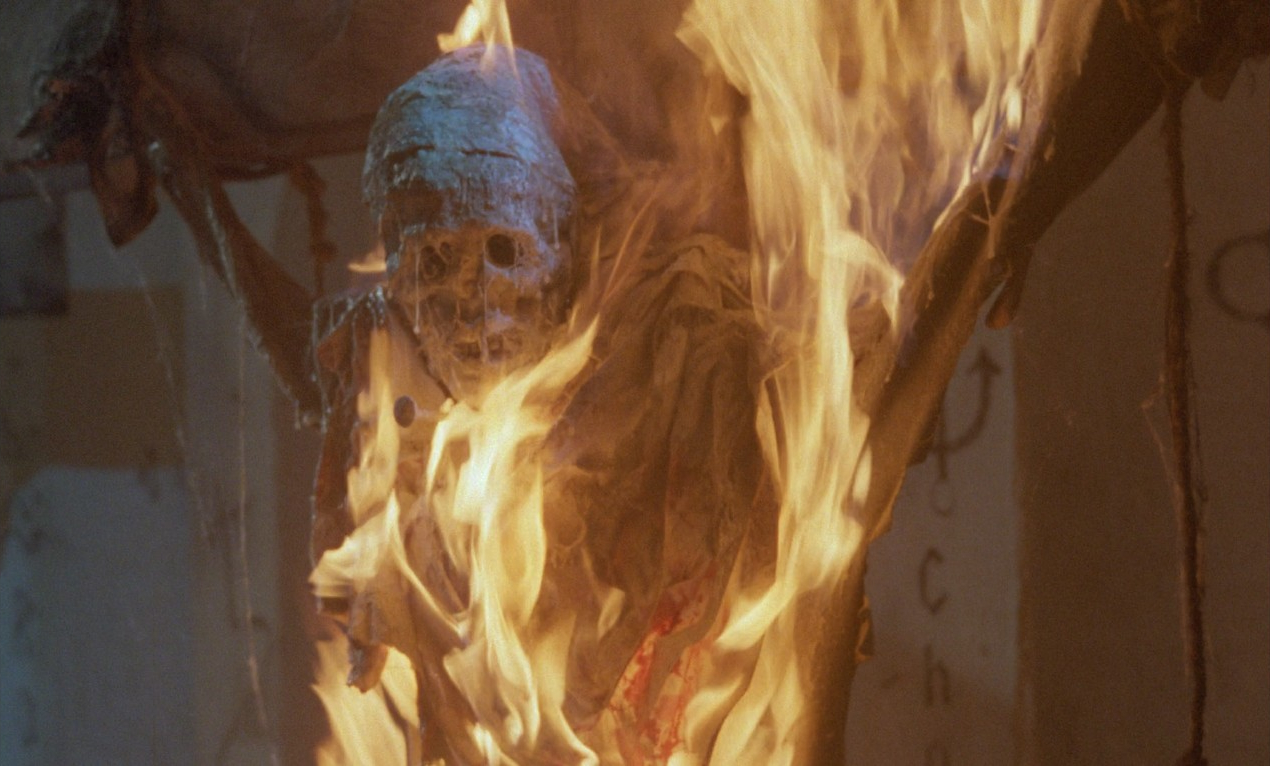
Lucio’s horror films were initially dismissed by the mainstream as sadistic sensationalism, but their clever subtexts and bravura direction eventually won him long-overdue respect. He wasn’t just about horror and his career was wildly varied with musicals, sex comedies, some solid Spaghetti Westerns like the recently restored Massacre Time (1966), and a few particularly accomplished gialli—such as Don’t Torture a Duckling (1972) and The Psychic (1977).
So, it’s doubly sad that Demonia disappoints after such a promising prelude. Straight away, we find ourselves among crypts and cadavers as an angry mediaeval mob drag a bunch of non-compliant nuns down into the vaulted catacombs. Astrological and alchemical symbols adorn the whitewashed walls, and five ominous crosses are waiting to receive them. The mob have decided the women are witches and must be crucified, with iron nails driven through their chests as well, for good measure. It turns out these events occurred in the Sicily of 1486 and are being witnessed by Liza (Meg Register) during a séance in 1990s Toronto. She’s overwhelmed by the intensity of the supernatural vision, falling to the floor in a faint.
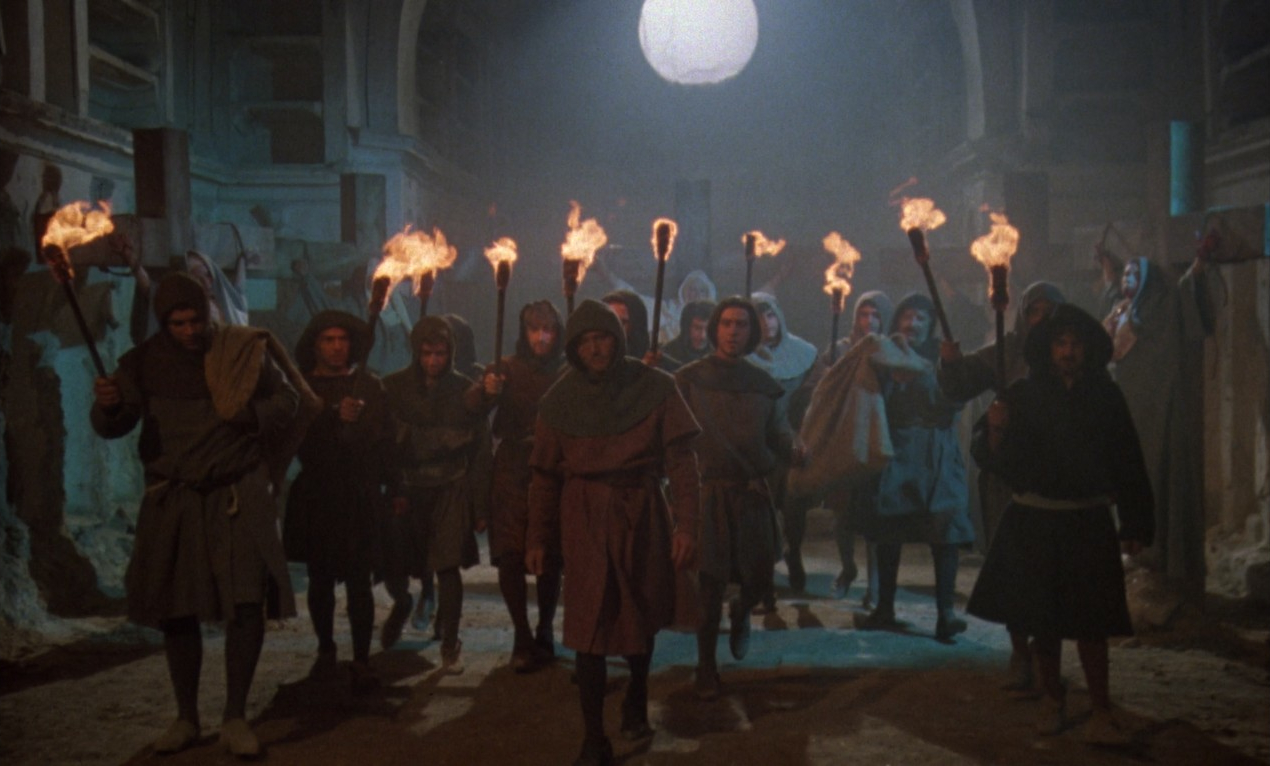
Great opener, right? One would be forgiven for thinking this is another chapter in the ‘Gates of Hell’ saga. The crucifixion scene echoes the far more intense sequence from The Beyond when a misunderstood ‘warlock’ meets with mob justice and is similarly crucified before having his flesh melted by caustic lime. Then, we swoop into the séance scene that’s almost straight out of City of the Living Dead, but instead of the suicide of a possessed priest, this vision shows the demise of those demonic nuns.
Liza recovers consciousness to find Professor Paul Evans (Bret Halsey) at her bedside who admonishes her for attending a silly séance, reminding her that archaeologists dig into the past with their intelligence not superstition. He suggests she forget about black magic and dream about “the beauty and grace of the ancient Greek culture were going to study in Sicily,” reminding her of their flight in the morning. Apart from a couple of shots at witty foreshadowing, the purely expositional dialogue remains clumsy at best, leaving little for the cast to work with.
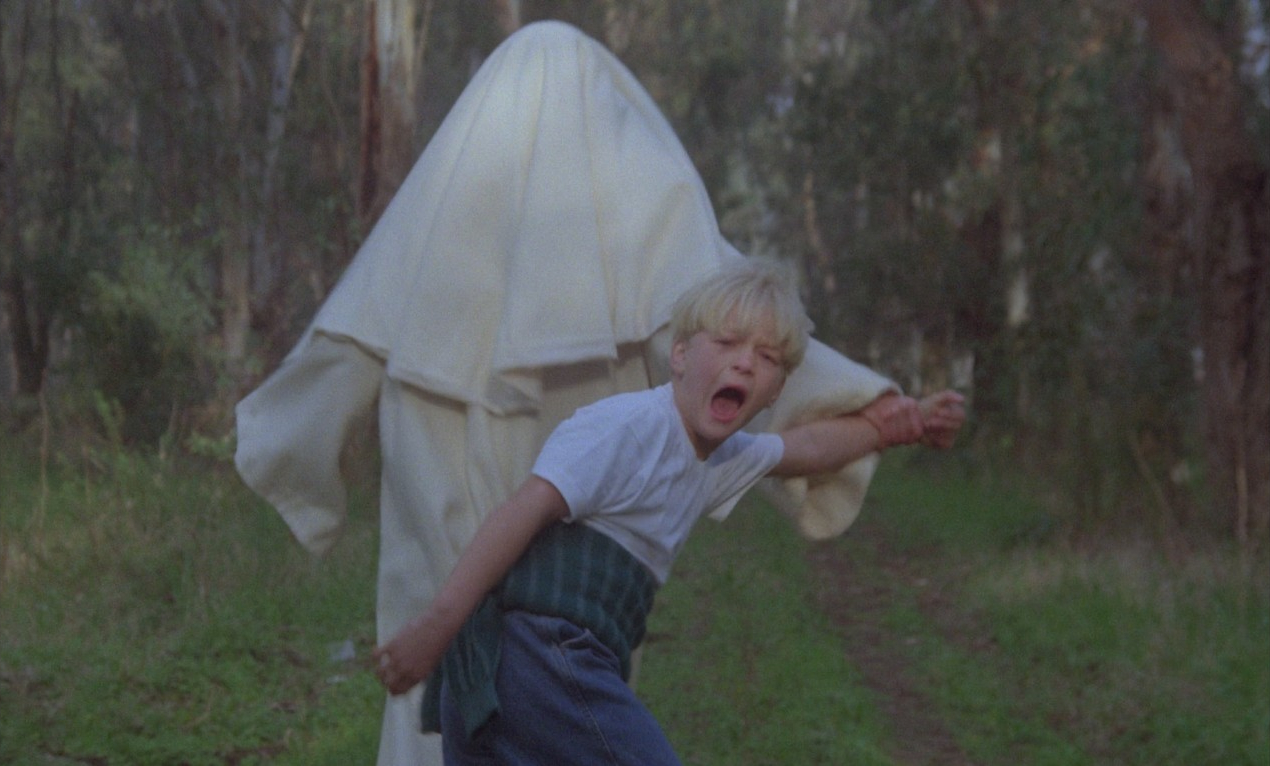
Bret Halsey may be a familiar face and is a perfectly capable actor who’d started out in the 1950s, mainly in US television roles, before enjoying a stint in the Italian pulp cinema of the 1960s when he worked with cult directors like Mario Bava and Afredo Freda. Back in the US for the 1970s he appeared in most of the popular series one may think of: Columbo, Alias Smith and Jones, General Hospital, The Love Boat, Hart to Hart, Buck Rogers in the 21st Century… well you get the idea! In the mid-1980s, he was back in Italy and starred in the psycho-sexual revenge thriller The Devil’s Honey (1986) and straight-to-video satirical slasher Touch of Death (1988), both for Lucio Fulci.
Meg Register was a model and certainly looks good in the lead here; she’s pale and interesting with a strange, hard-edged sweetness. A definite ’80s-type that seemed familiar from cheesy pop promos. I must thank Stephen Thrower for putting my mind at rest in his audio commentary by pointing out she’d been the cavorting blonde, objectified in Great White’s 1989 video for “Mista Bone” and appeared in Tin Machine’s 1991 video for “One-Shot”. Her performance in Demonia relies on almost expressionistic face acting worthy of a silent melodrama, lots of big-eyed surprise and breathy distress. Even so, she’s not the worst actor here among an array of caricatures that fail to convincingly engage with each other, or the viewer.
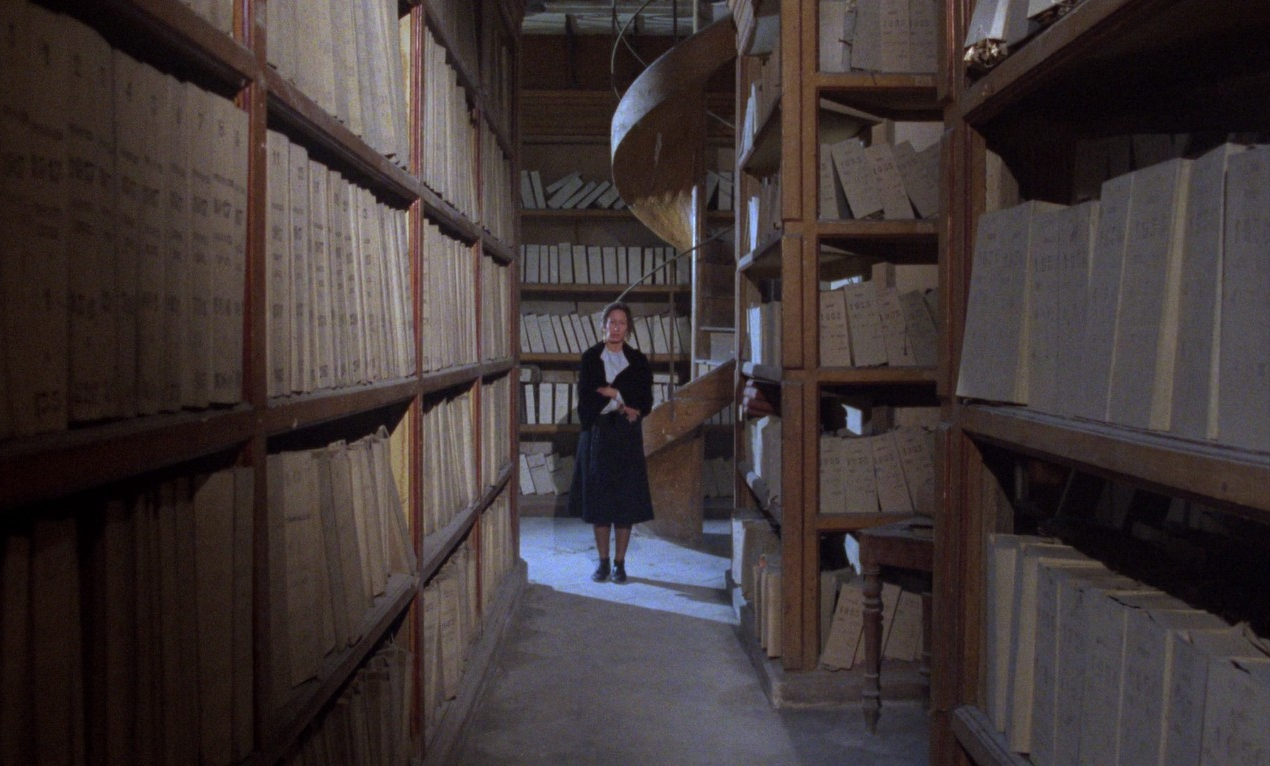
Following its arresting opening sequence, Demonia proceeds to slowly unravel and fall apart. Even the punctuation of a few bloody Fulci set-pieces doesn’t really add any frisson and recounting them here will make them sound better than they are. Such as the drunkard marine archaeologist (Al Cliver) who returns to his boat to find a crucifix, rosary, and discarded nun’s habit strewn around his bedroom before a translucent nude nun appears and shoots him with his own spear-gun. Alright, I’ll admit that’s weird and interesting enough to pique one’s interest and it’s good to see a cameo from one of the stalwarts of Italian exploitation, who worked with Fulci several times.
The stunning locations in southeast Sicily’s Valley of the Temples are one of the best things to see here and Fulci uses them to good effect for the most part, though there are plenty of technical errors made in the photography throughout—incongruous lighting, over or under exposure, visible lens gauze. It’s hard to believe the camera was always in the hands of an experienced cinematographer…
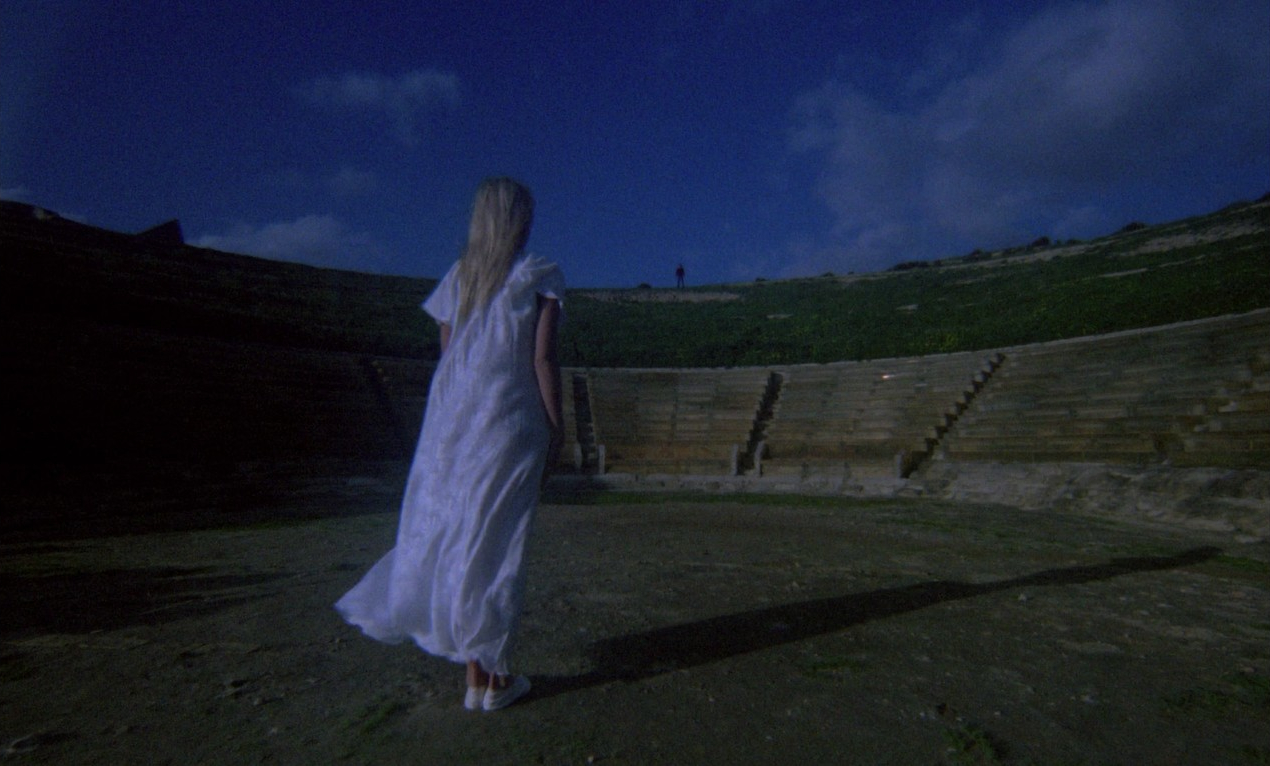
Shooting entirely on location saved some budget and it seems a good share of the filming was done guerrilla-style without necessary permits. Fulci has always been able to evoke the stench of the grave on screen, but the scenes in the old church stacked with coffins and with semi-mummified corpses displayed in alcoves is particularly effective. Turns out those dead bodies weren’t props! There’s some camcorder evidence, included in the extras here, that show the crew opening the coffins, arranging them for the scene. Whether they had permission to do that remains unclear, but it seems unlikely.
What really lets the side down is when Fulci attempts to stage some of his typically sadistic gory deaths that Demonia simply had neither the budget nor technical means to deliver. The psychic Lilla (Carla Cassosla), definitely the most interesting and well-played character, tries to warn Liza away from the ruined nunnery on the hill, before she’s beaten to death by stuffed cats that somehow cover her eyes with wadding and ketchup. Yes, they’re meant to be her own pet cats, temporally possessed by the spirits of dead nuns, who gouge out her eyes—one of Fulci’s favourite recurring motifs. I think cats are an Edgar Allan Poe reference and the visceral ocular attack is a metaphor for the visual psychological assault of horror cinema itself. But none of the clever subtexts fans usually enjoy debating in the aftermath of a Fulci film come through with any coherence.
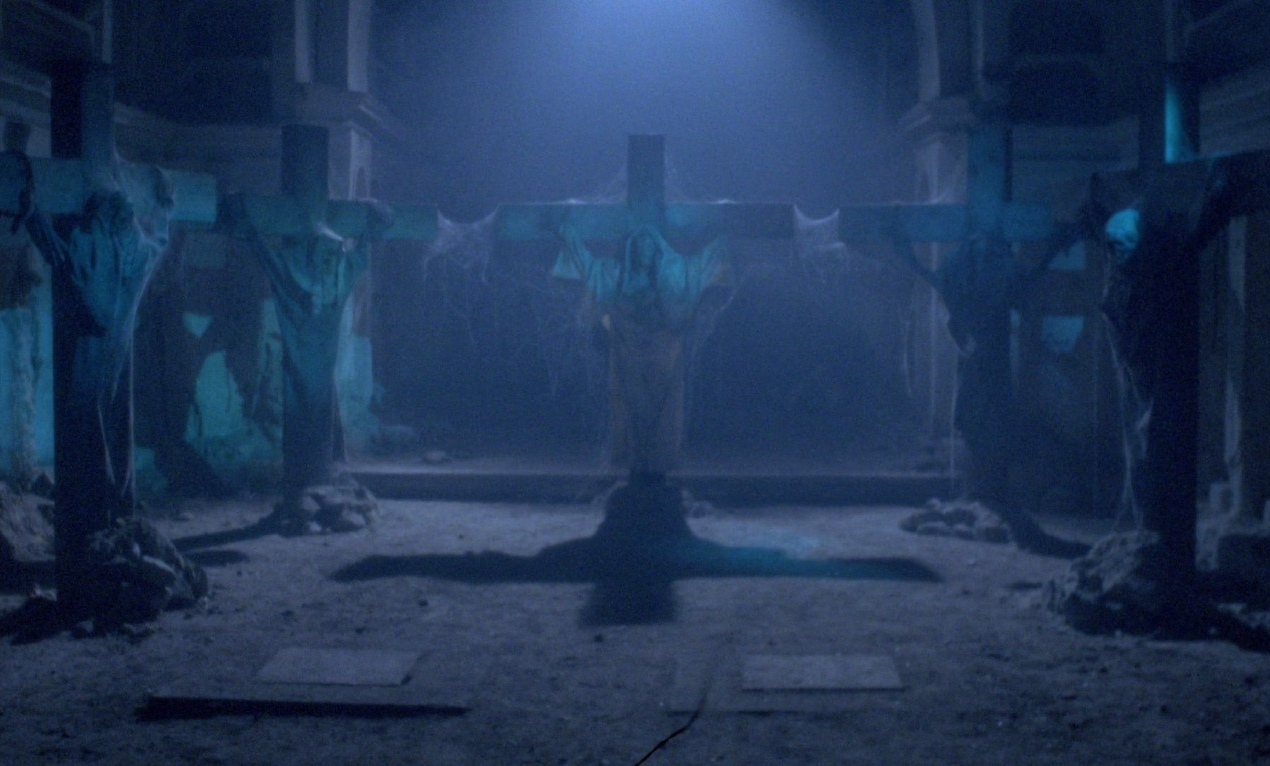
There are plenty hinted at. In addition to the usual ‘people as meat and the fear of the afterlife void’, there seems to be something about gendered violence and power gradients. Some of the professor’s workmanly dialogue teases a theme about history and the lessons we choose to keep hold of. He sings the praises of the Classical Greek period, its flowering of philosophy, science, culture… and yet the terrible events of the present are caused by those ideologies being suppressed during the Dark Ages. Well, Satanic powers also play a big part, of course!
The climatic super-nasty death, where a character we don’t get to know and so don’t care about is literally ripped in half, spilling his guts in front of his own son, is marred by the prosthesis being clearly visible. Thing is, Fulci must’ve known this but didn’t have the resources to rectify or reshoot and it seems he wasn’t available to sort it out in the edit. I’m sure that, as far as Fulci’s concerned, this film was unfinished. After all, he was generally involved at all stages including the editing and final cut. Not so this time around.
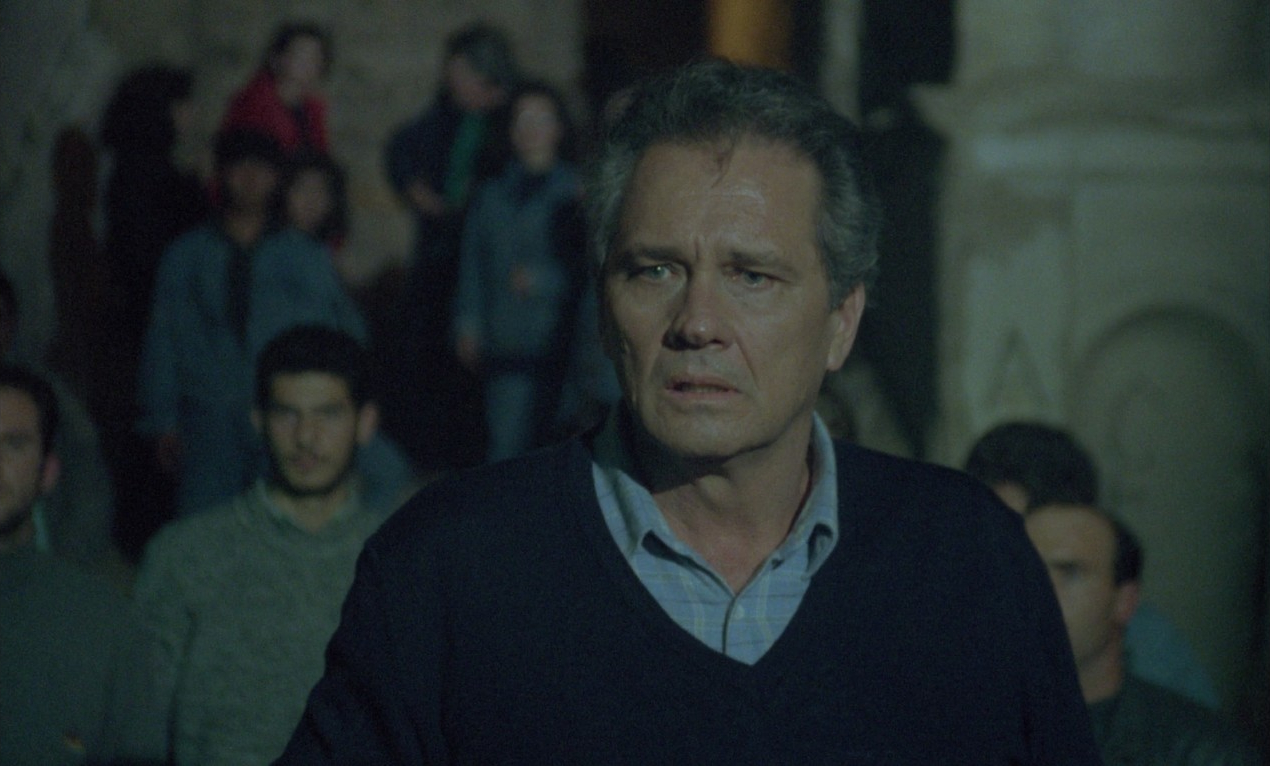
Many a Fulci film is strange, surreal, and dreamlike in its narrative logic or lack thereof. But one always feels the director’s intent, whilst also accepting that sometimes, even in the best movies, a botched shot needs rescuing at the editor’s bench. It seems that Demonia ran out of budget due to a funding deal falling through during production. ‘Fraud’ has even been mentioned by some of those involved in the production, briefly discussed in the bonus material included with this edition. There are a several cuts that seem to jump whole chunks of necessary narrative. On first viewing, I’d assumed these to be cuts imposed by the censor, but it appears not to be the case and the missing scenes were simply never shot, or were somehow spoilt and rendered unusable.
The same lack of money may’ve been what prompted Fulci to step in front of the camera as the beleaguered police inspector in what became a more substantial role than his usual Hitchcockian cameos. He plays the tired, world-weary detective well enough. Maybe that’s how he was genuinely feeling. It’s a shame that he went out with a batch of weak productions to his name after so many potently original offerings in his heyday. Though he was, I hope, aware of the first inklings of international recognition for his uniquely fierce genius.
I haven’t seen all his many and varied movies, but I can’t imagine any are worse than Demonia, and yet, I’d still watch it in preference to the best work of many a director. Its rushed schedule and lack of money are painfully evident on screen but there are glimpses of what could’ve been developed into a great movie. If only Lucio Fulci had been given more time…
ITALY | 1990 | 88 MINUTES | 1.66:1 | COLOUR | ITALIAN

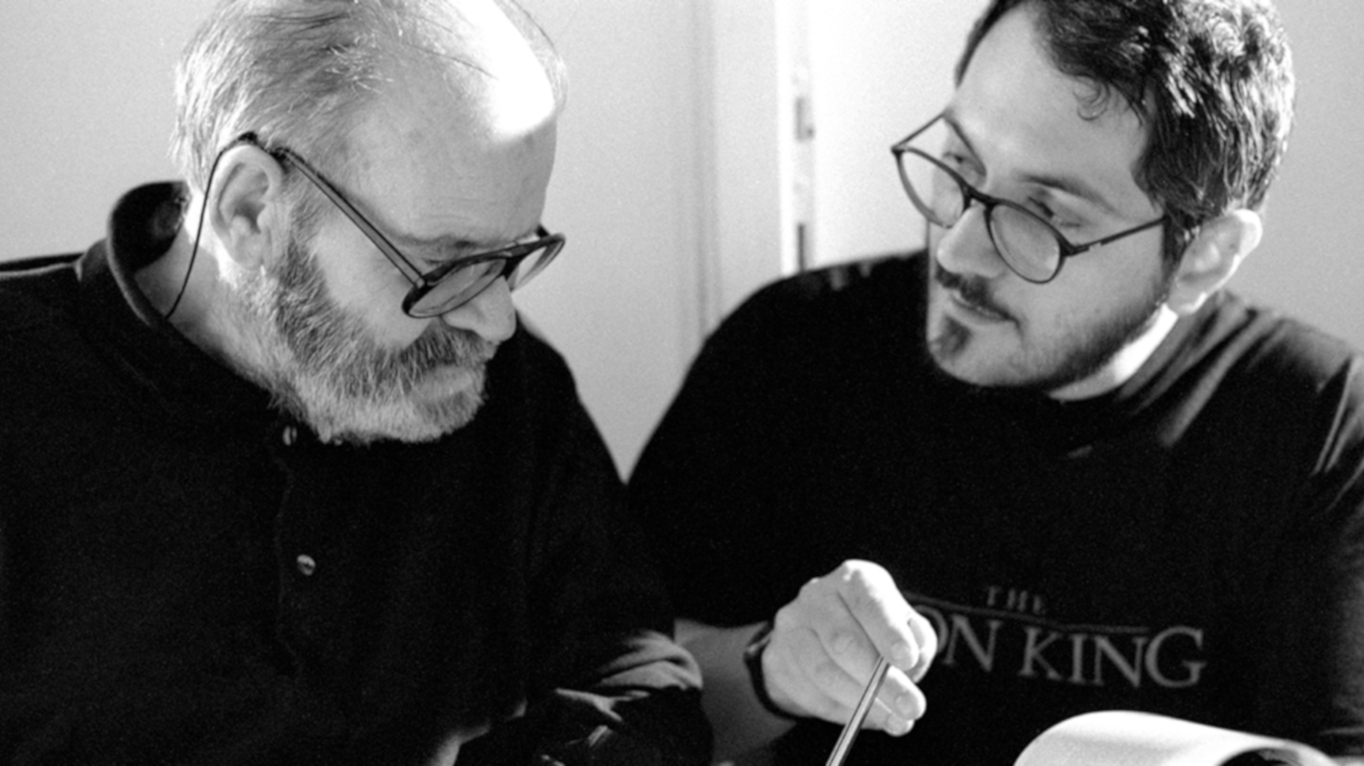
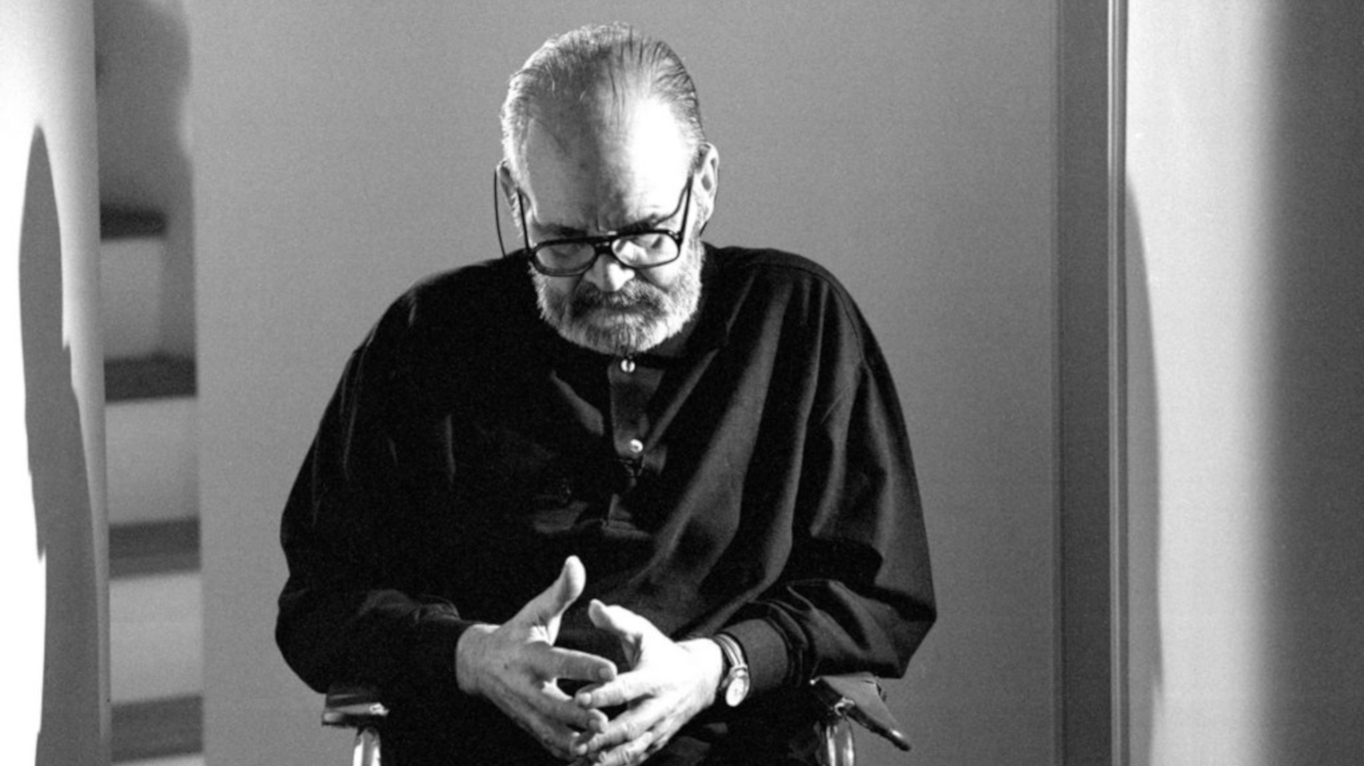
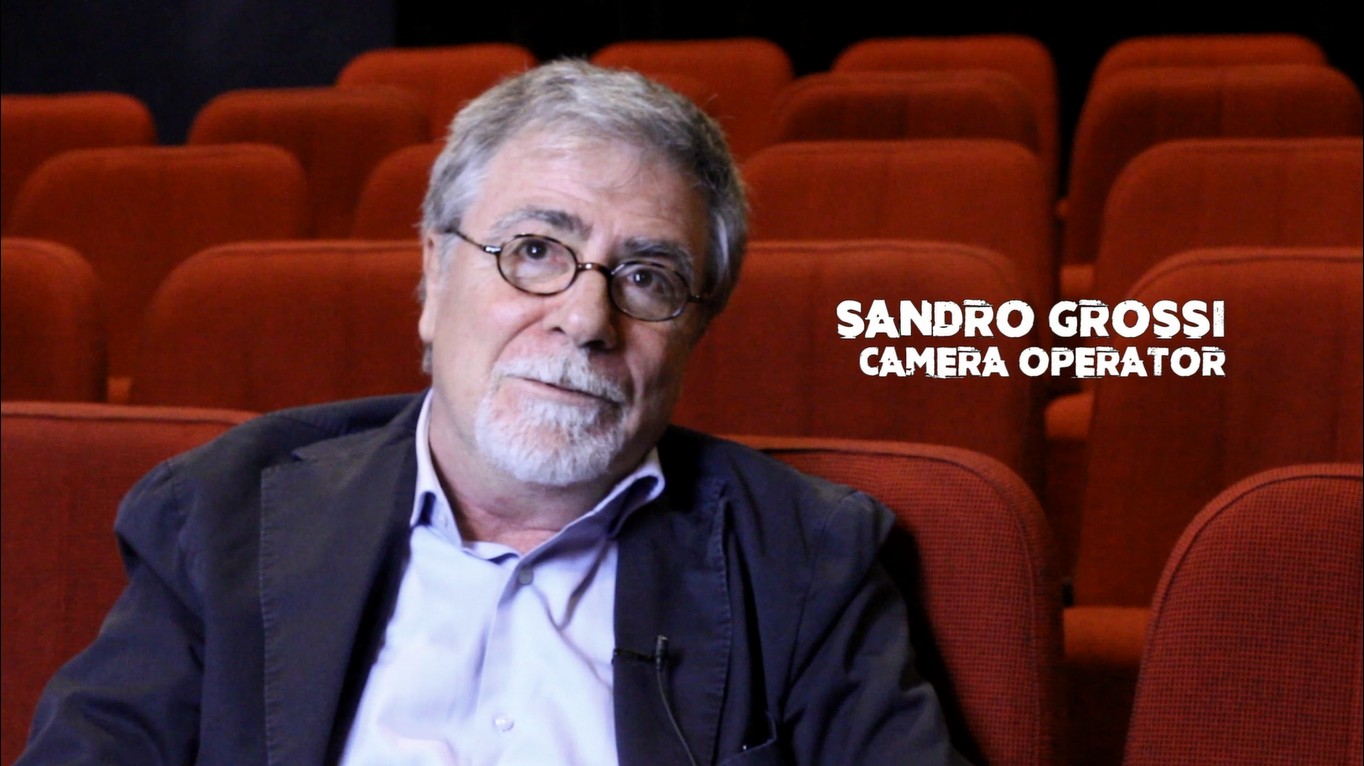
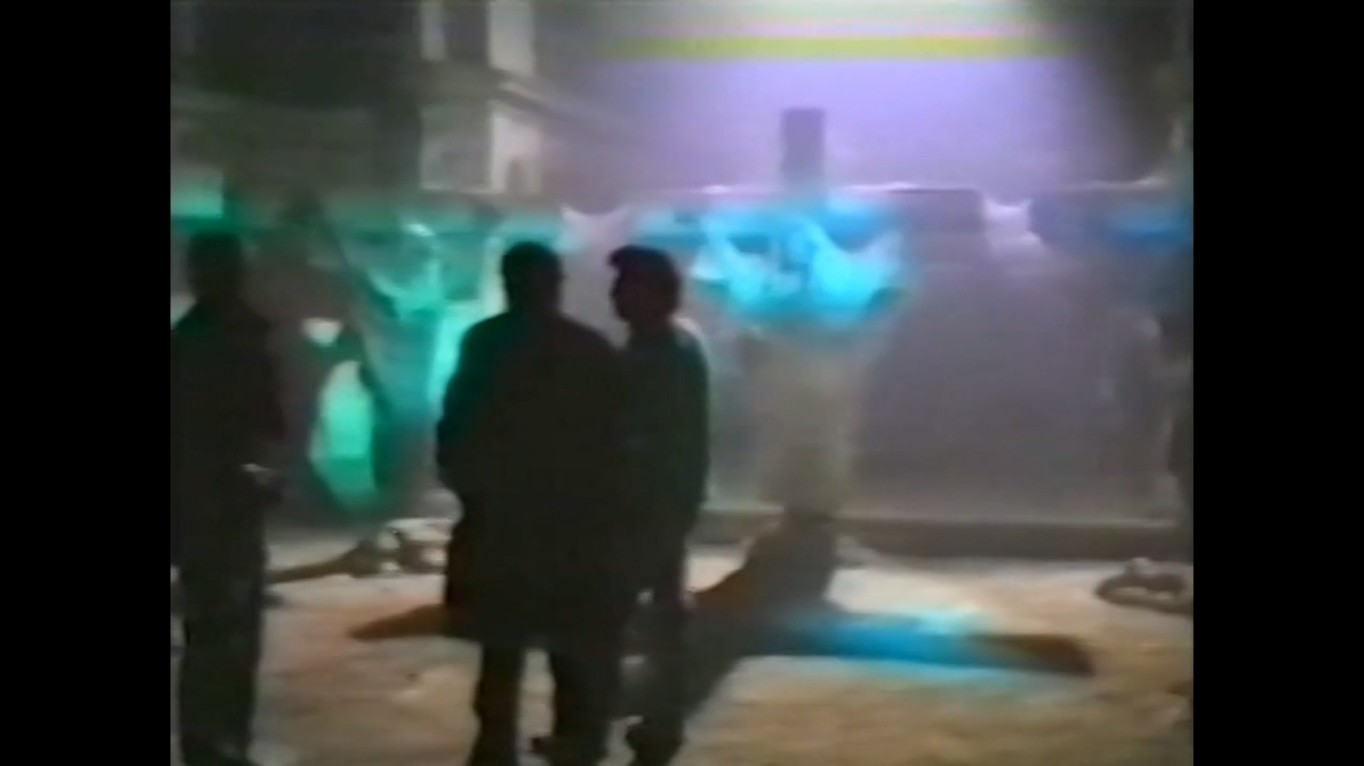
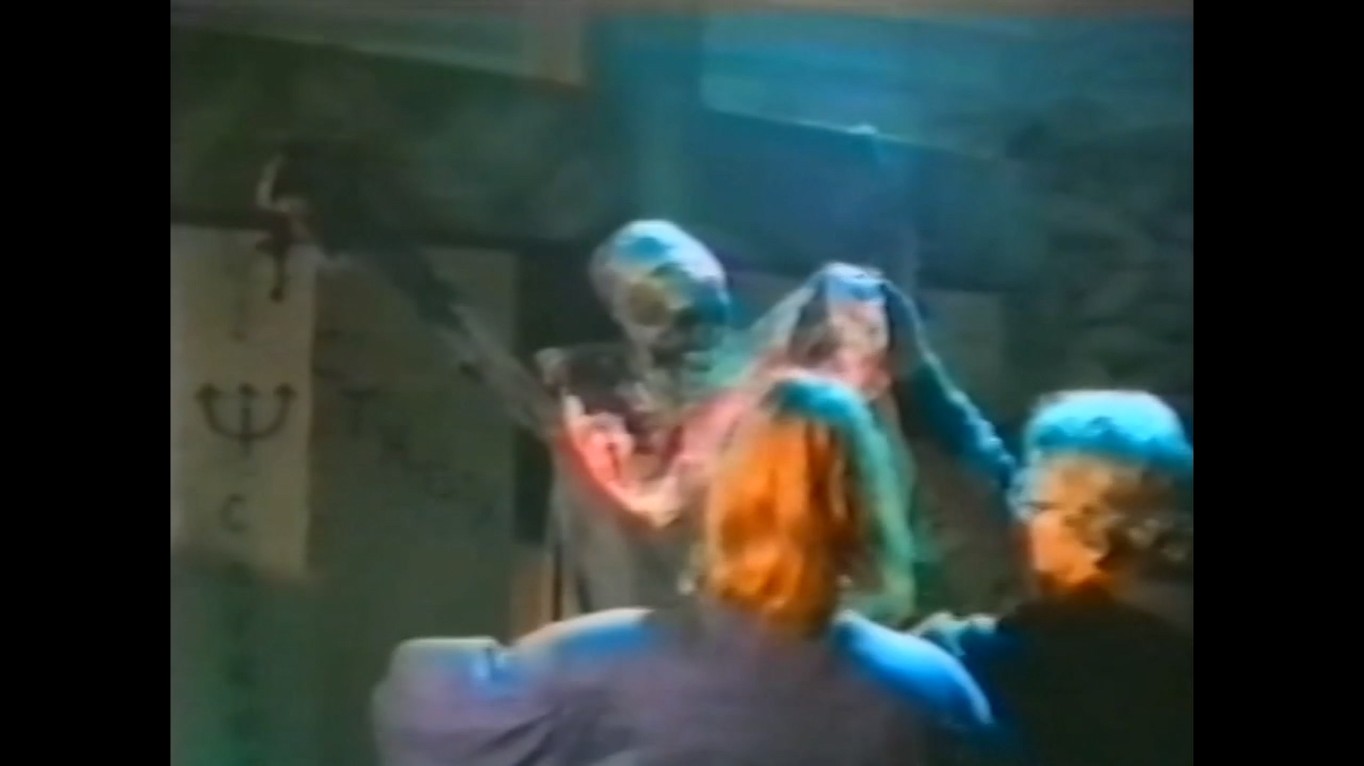
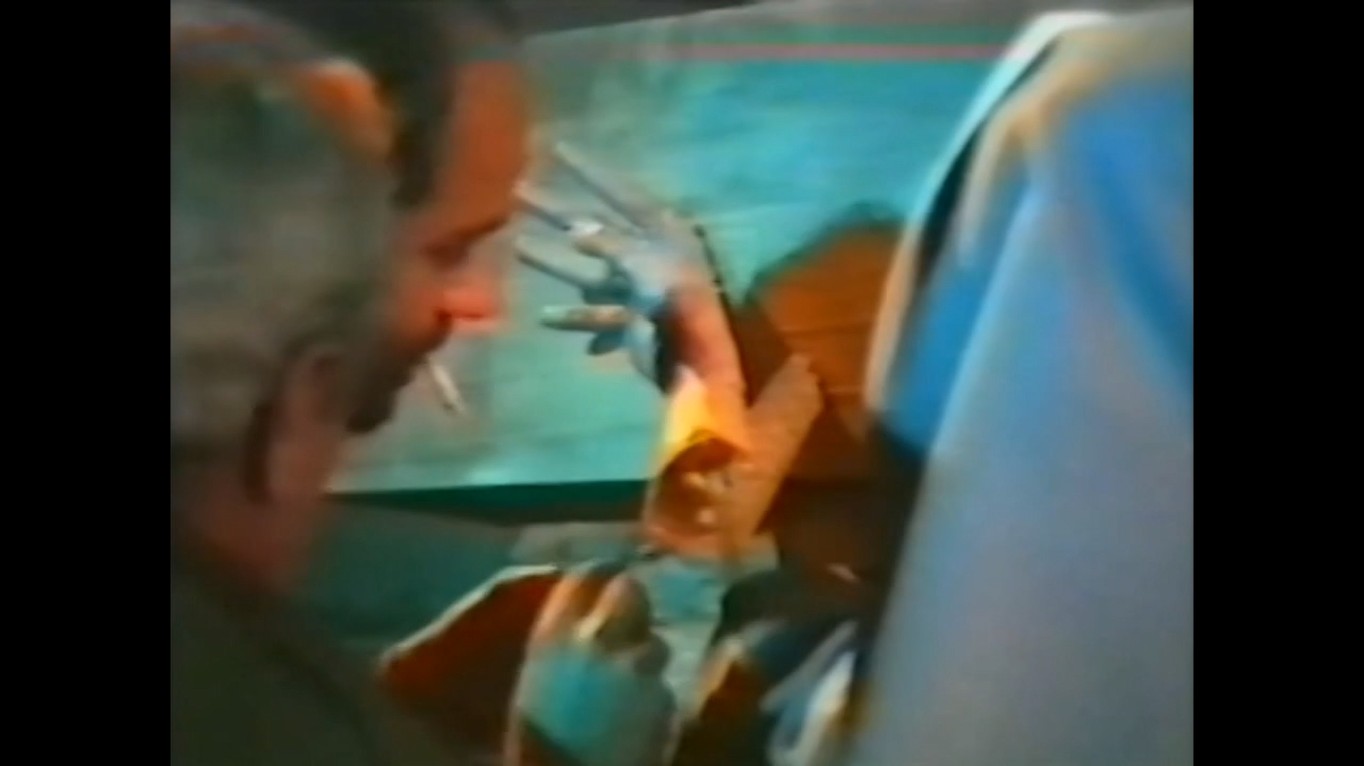
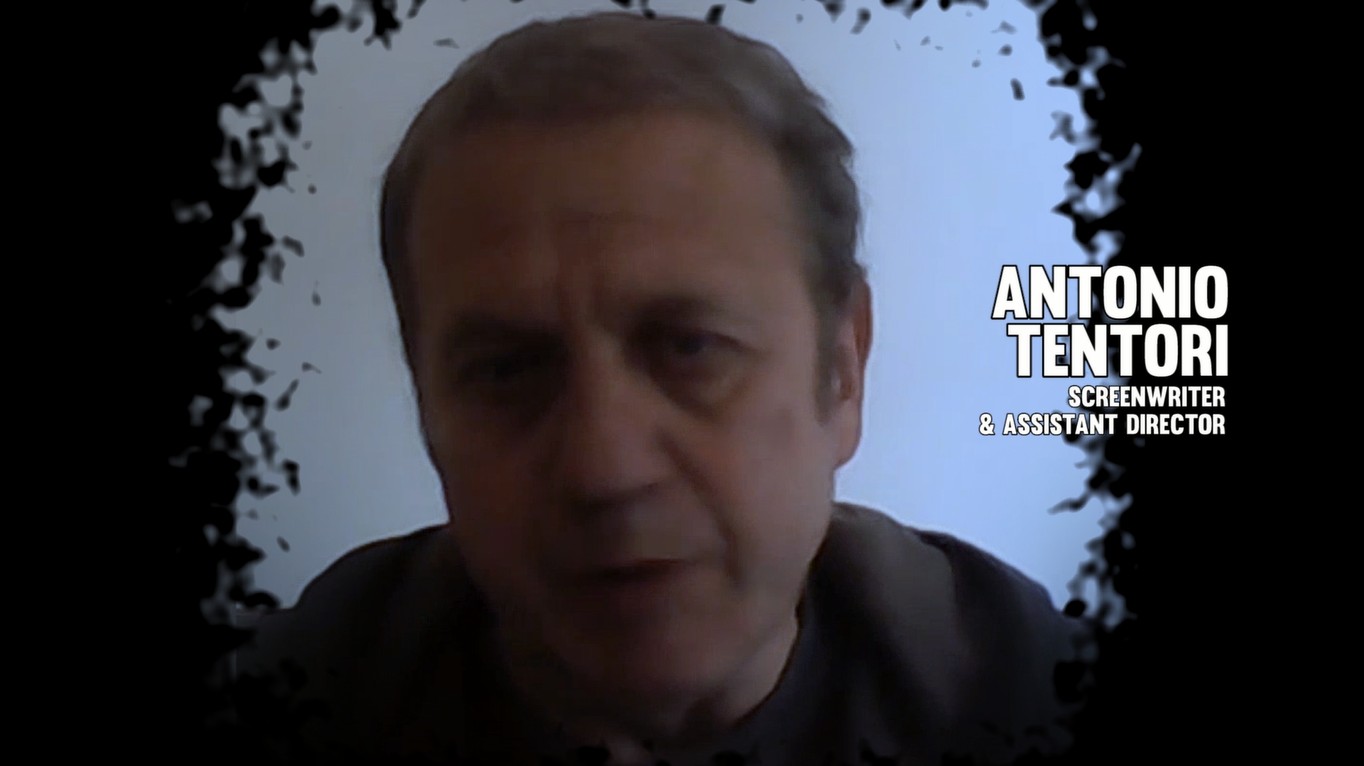
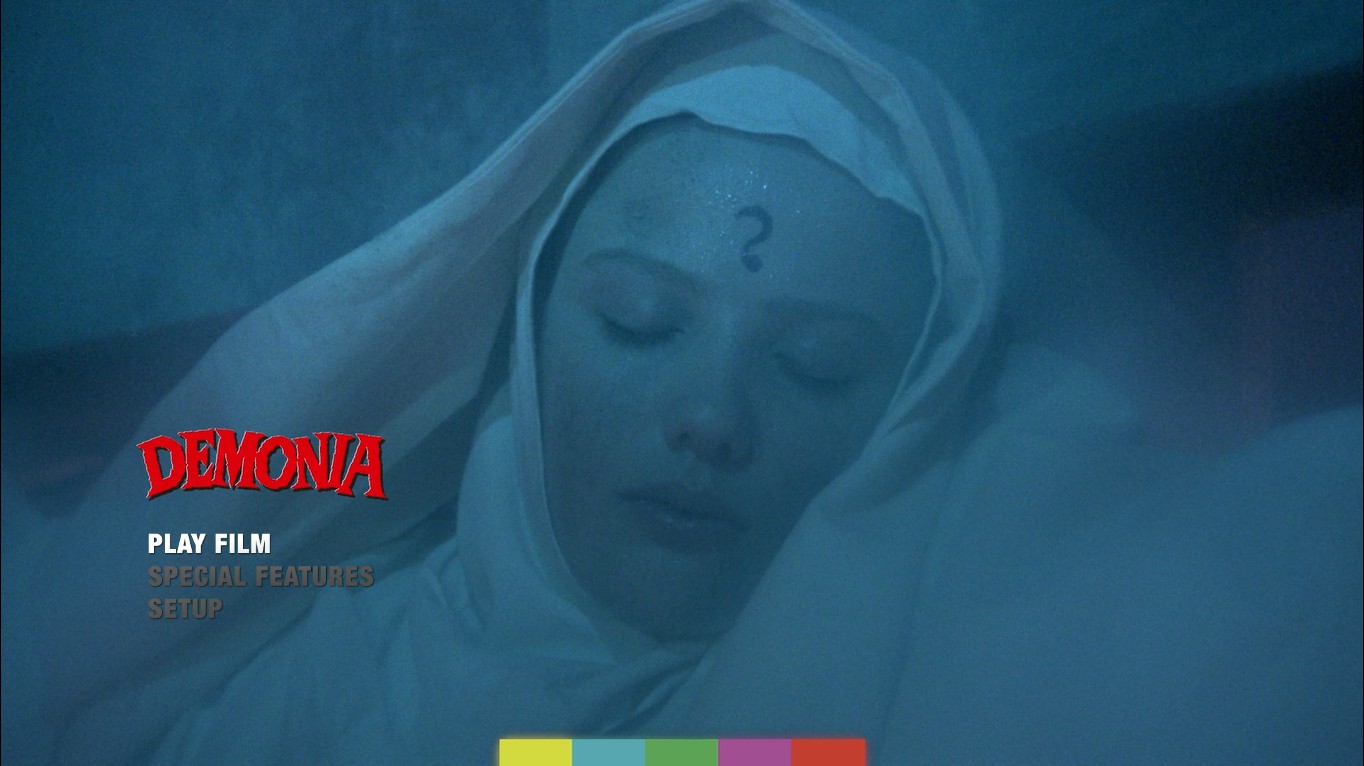
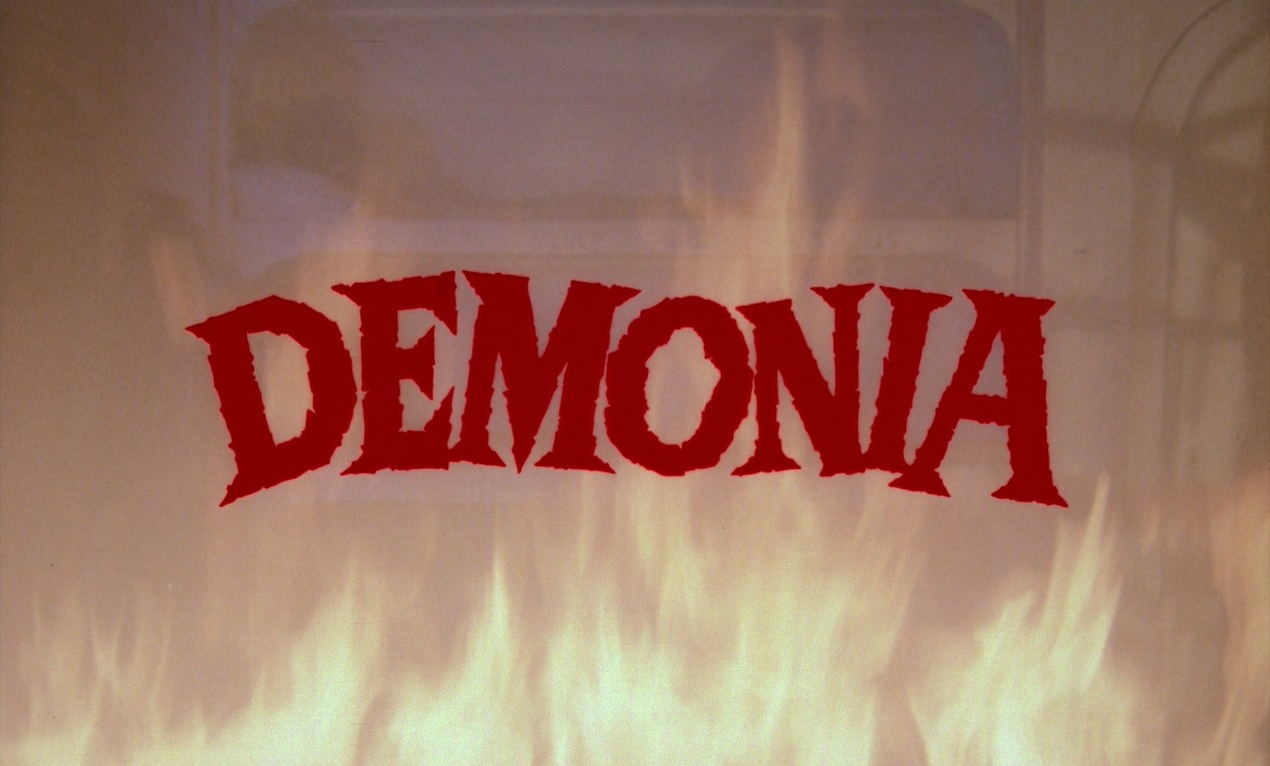

director: Lucio Fulci.
writers: Lucio Fulci & Piero Regnoli (story by Lucio Fulci, Piero Regnoli & Anontio Tentori).
starring: Brett Halsey, Meg Register, Lino Salemme & Christina Englehardt.
